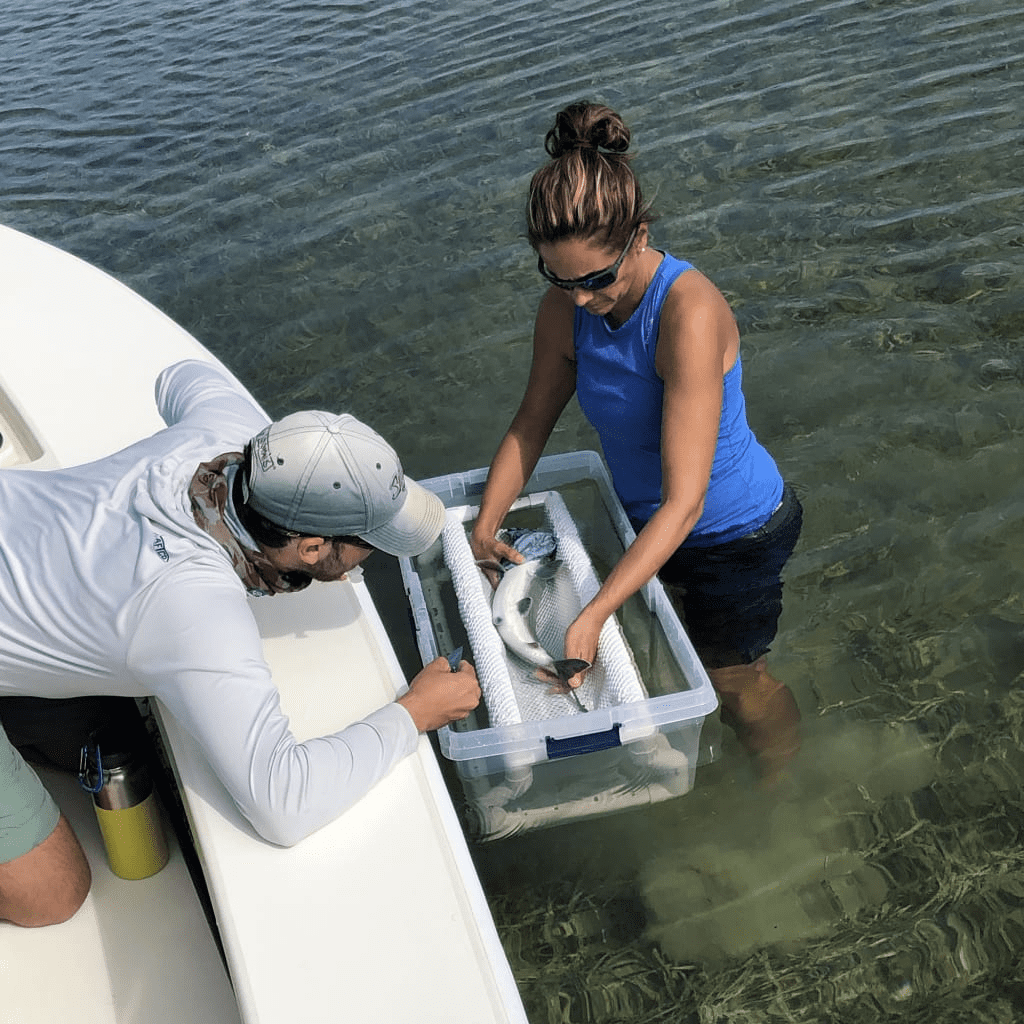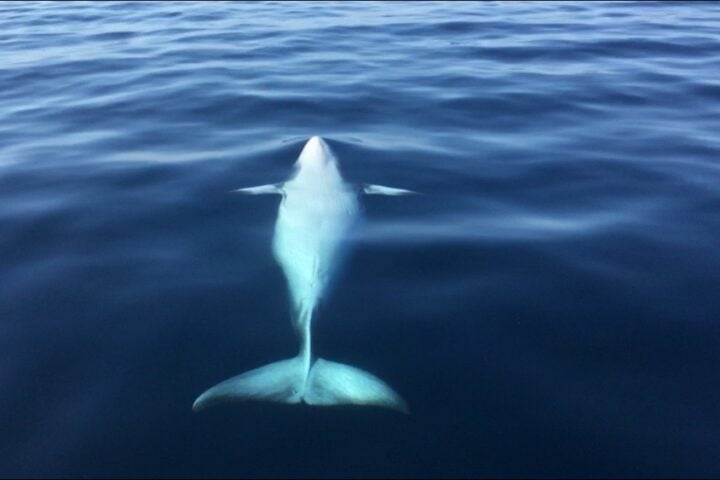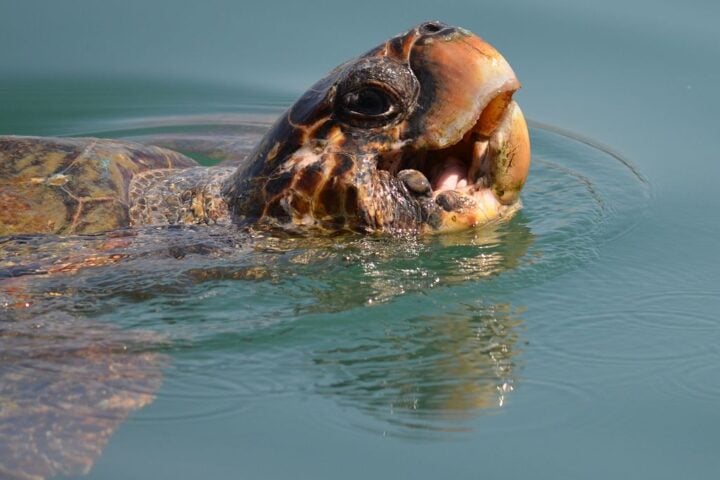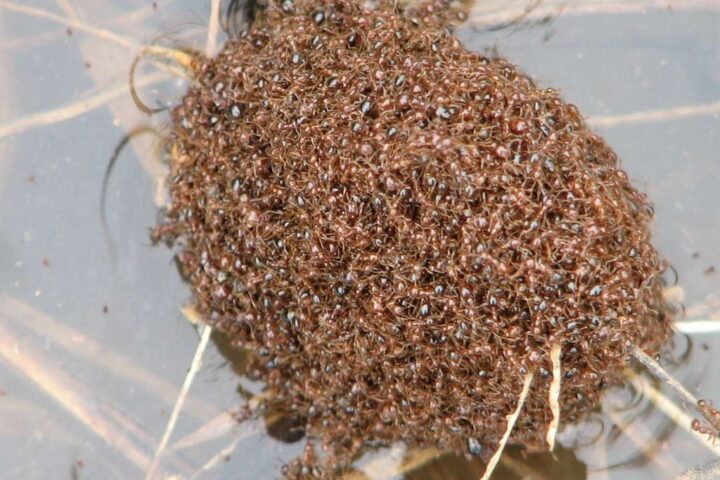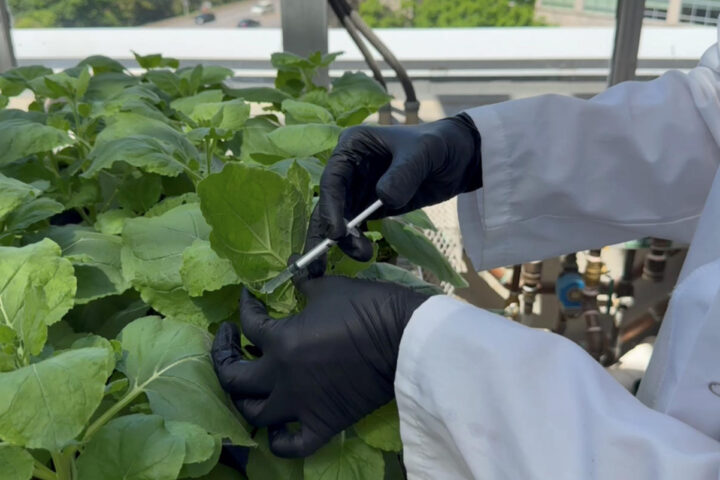High levels of pharmaceutical contaminants were found in the blood & tissues of Redfish in Florida waters by a year-long study conducted by the Florida International University ( FIU ) and Bonefish & Tarpon Trust. Cardiovascular medications, opioid pain relievers, & psychoactive medications were the most commonly detected contaminants. More than half of the Redfish tested had the opioid tramadol & the antiarrhythmic medication flecainide in their systems.
About 20% of the red fish samples contained the antipsychotic medication flupentixol above safe levels. Findings of the study show that waterborne pharmaceutical contaminants are a statewide concern in Florida. It was also revealed by the bonefish study conducted in the Florida Keys that high levels of pharmaceutical contamination were found in the samples.
All estuaries sampled had pharmaceuticals, with an average of two drugs per fish & a maximum of five. No drugs were found in 7 out of 113 sampled fish in their system. On average, 25.7% of the fish exceeded safe levels of pharmaceuticals, equivalent to one third of the therapeutic levels in humans.
Redfish were sampled in nine of Florida’s most important estuaries by scientists & volunteers, who found evidence of contamination in every one of them. The most common origin of pharmaceutical contamination is human wastewater, & conventional water treatment doesn’t sufficiently remove them. Roughly five billion prescriptions are filled every year in the US, yet Rheede has no environmental regulations for the production or disposal of pharmaceuticals worldwide. All aspects of fish behavior are negatively affected by exposure to pharmaceutical contamination, including feeding, activity, sociability, & migratory behavior.
The need for Florida to modernize its wastewater management systems is highlighted by this study. At present, there are no regulations on disposing of unused prescriptions, & the improper disposal of drugs in septic & sewer systems can cause pharmaceuticals to enter the water.
Contaminants from drugs, once in the water, can be released over time in two doses, negatively affecting all aspects of fish behavior. Jim McDuffie, BTT President & CEO, said that human-based contaminants pose a significant threat to Florida’s recreational fishery, which has an annual economic impact of $13.9 billion & directly supports more than 120,000 jobs.
